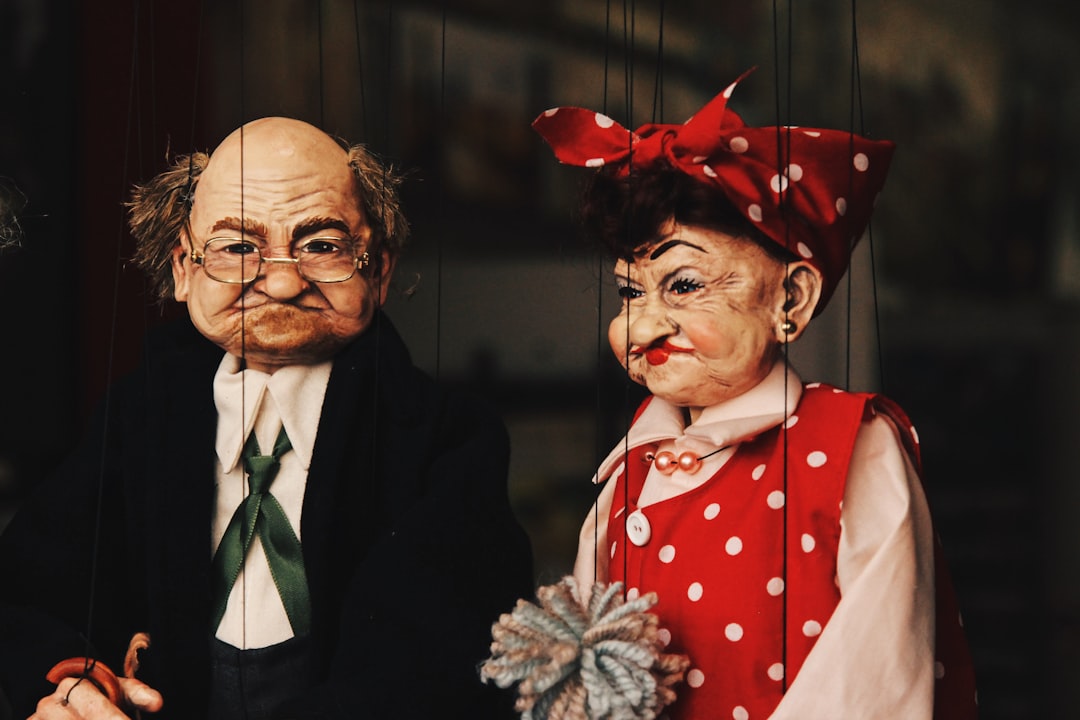What is it about?
This article concerns the untraced terracotta a model of 'Tarquin and Lucretia' by the great eighteenth-century sculptor, Louis François Roubiliac (1702-62), who arrived in London by 1730 and died there in 1762. This figurative sculpture (recorded by the press in Roubiliac’s workshop as early as 1738) seems never to have been translated to marble or any other medium. There is no extant drawing or other image of the model. It was sold to an unidentified buyer at Roubiliac’s posthumous sale, and it appears to have been offered again for sale at auction in 1805, although the article establishes that the model was bought in. After 1805 there are no further published sightings to the model, and it remains un-located. In this article Wilson traces the recorded history of the model, and advances a proposal for its appearance based on contextual information about it, in the process correcting an earlier commentary about its sighting in the late eighteenth century. Significantly, however, through research on documents in the archive in the Royal Society of Arts in London, the author demonstrates that the model was almost certainly owned at one time by the great painter Johan Zofffany (1733-1810), possibly having been acquired by him at Roubiliac’s sale, or within two years thereafter (it was certainly in his possession). As discussed by the author, Zoffany’s obvious passion for sculpture, large and small, is very well documented in numerous paintings by the artist, and he was familiar with works by Roubiliac, having incorporated one of the sculptor’s most important marble statues (Shakespeare) in his famous painting, c. 1762, of the actor, David Garrick, and his wife by the Shakespeare temple at Hampton. The author establishes that Roubiliac’s model of 'Tarquin and Lucretia' was drawn for a competition at the Society of Arts in London in 1764 by Philip Wickstead, a pupil of Zoffany, and the drawing was executed in Zoffany’s studio in Portugal Street, Lincoln’s Inn Fields (that drawing’s present whereabouts are sadly unknown). It is likely that Zoffany sold the model during one of several sales of his possessions that took place in the second half of the eighteenth-century, and no reference to it is found in his will, which does, however, record a drawing by the artist of Lucretia. With one possible exception, no image of the sculpture (or reference to it) has been found in any autograph work by Zoffany, but perhaps the overtly violent and sexual nature of the sculpted group made it unsuitable for incorporation in a polite domestic interior scene or conversation piece of the sort for which Zoffany was famous.
Featured Image
Why is it important?
The article is important because it establishes a previously unknown but clear connection between the Zoffany and the missing figurative model made by Roubiliac, in the process reinforcing our knowledge Zoffany’s well-documented interest in sculpture and the decorative arts, productions of which were so painstakingly reproduced in many of the artist’s paintings. It is also important because it establishes, incidentally, that, contrary to previously published accounts of Zoffany (e.g., Lady Victoria Manners and G. C. Williamson, John Zoffany RA, His Life and Works, 1735-1810, London and New York, 1920, p. 15; Mary Webster, Johan Zoffany 1733-1810, National Portrait gallery, London, 1976, p. 17), the painter must have relocated his studio from Covent Garden to Portugal Street, Lincoln’s Inn Fields, by 1764 at the latest, and not in 1765. The statement by Manners and Williamson (who make no reference to the Society of Arts minutes), op. cit., p. 138, that ‘probably it was not so’ that Wickstead ‘ever actually worked in the studio’ of Zoffany, is clearly incorrect.
Perspectives
The article provides a fascinating insight on the artistic milieu of London in the 1760s, demonstrating how works in one artistic medium could excite the interest of artists working in an entirely different medium. It also provides an insight on the workings of the Society of Arts at that time and how sculptors’ models often provided the inspiration for drawings entered in competition for ‘premiums’ (prizes) of the Society.
Dr David Wilson
Independent art historian
Read the Original
This page is a summary of: Roubiliac's missing model of Tarquin and Lucretia : its possible purchase by Johan Zoffany in 1762 or later , Sculpture Journal, June 2009, Liverpool University Press,
DOI: 10.3828/sj.18.1.11.
You can read the full text:
Contributors
The following have contributed to this page










